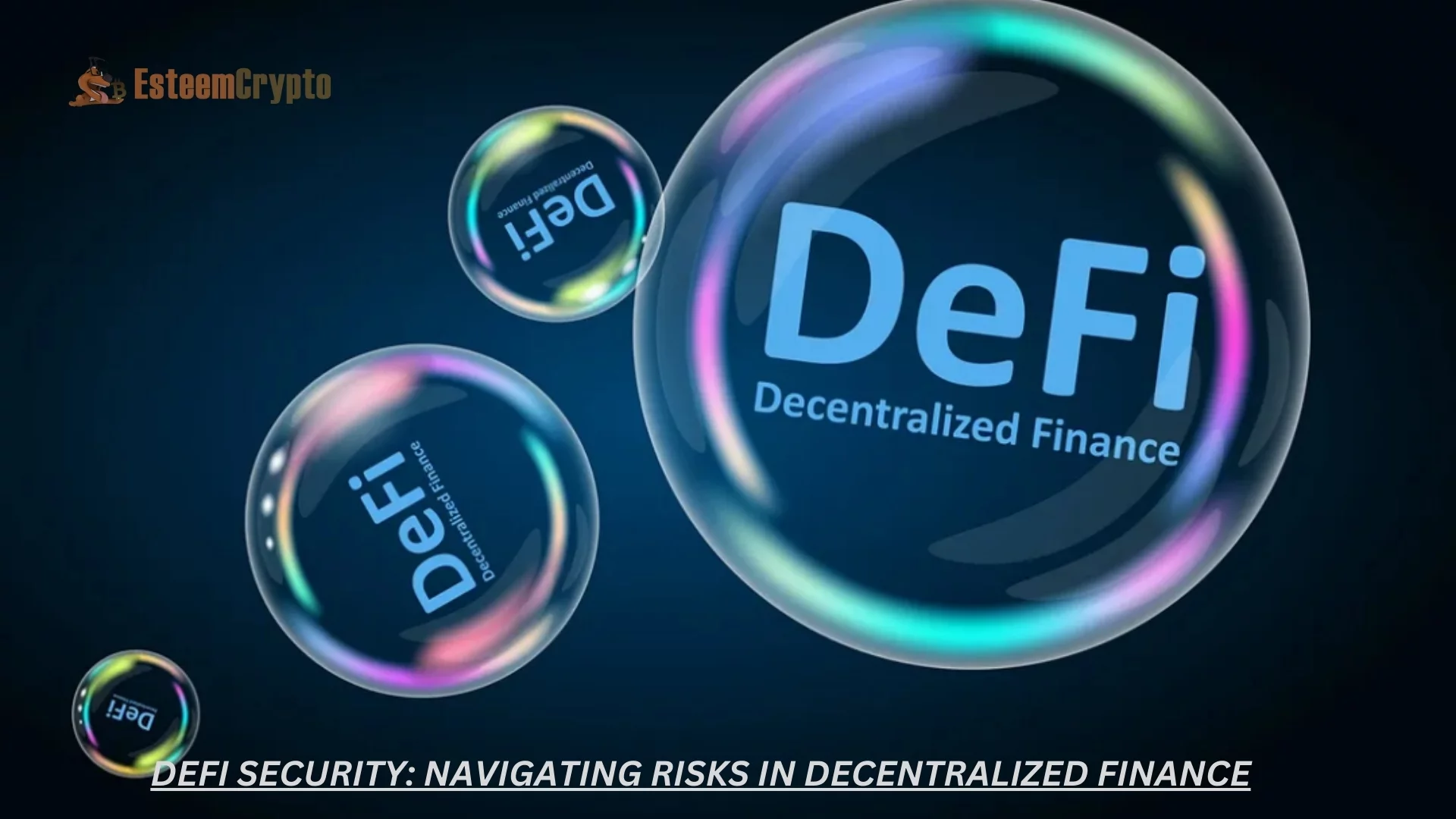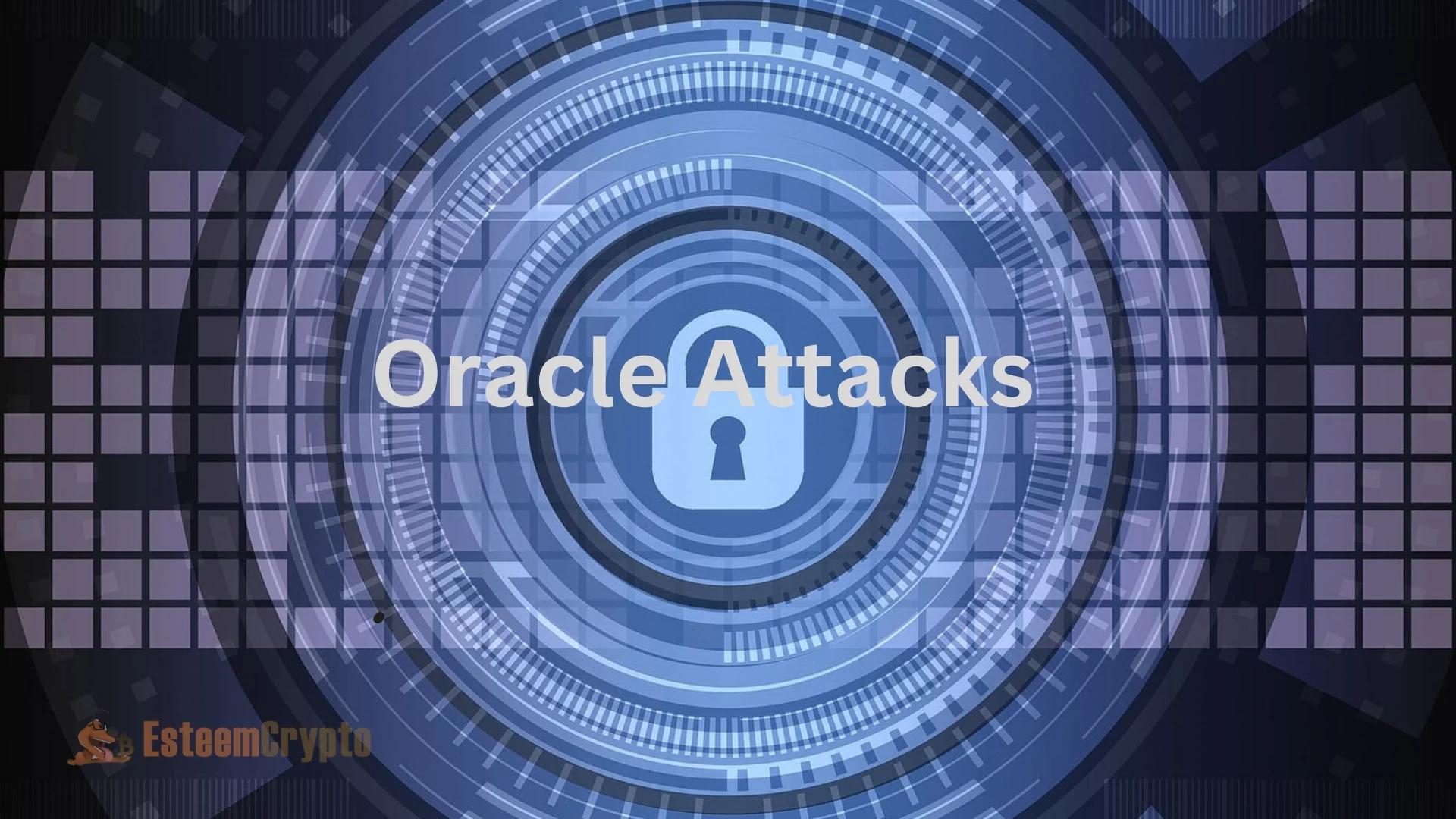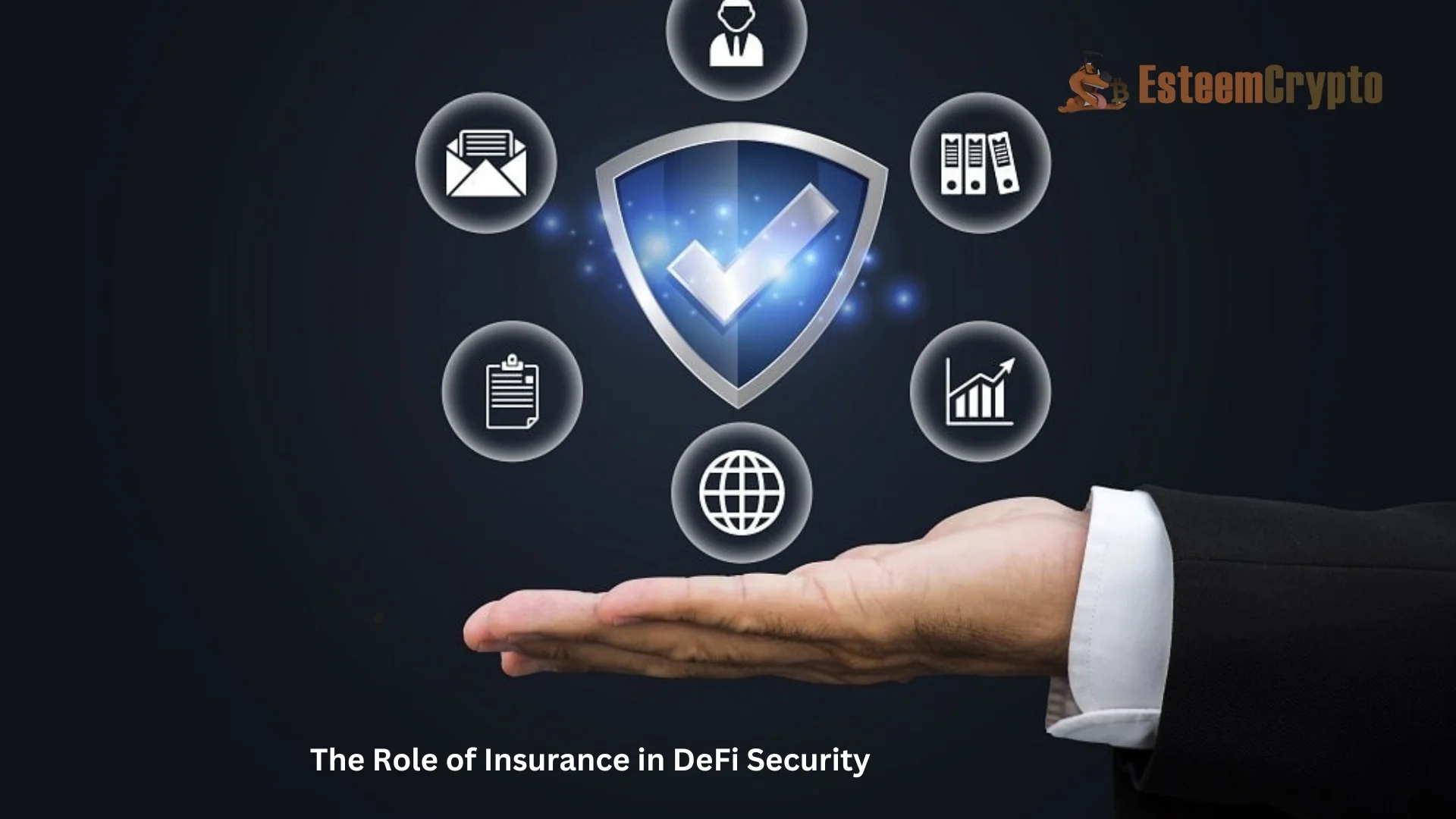DeFi Security: The advent of decentralized finance (DeFi) has caused a sea change in the banking industry by removing intermediaries and providing customers with direct access to banking services. Risk, though, is an inevitable part of creativity. In this article, you will learn about the different kinds of DeFi security flaws, how to fix them, and what developers and users can do to protect themselves.
Understanding DeFi and Its Appeal
A wide variety of financial applications developed on the Ethereum blockchain are collectively called DeFi. It encompasses liquidity pools, yield farming, decentralized exchanges (DEXs), and lending platforms. The allure of DeFi stems from the fact that it can make financial services more accessible to more people, give users more agency over their assets, and open up new avenues for passive income.
While these technologies show great promise, security is important due to the absence of regulation and immaturity. Users should be aware of these hazards to safeguard their investments and possessions.
Common Security Vulnerabilities in DeFi
Hackers can take advantage of smart contract bugs, manipulate external data sources (oracle attacks), manipulate prices (flash loans) using uncollateralized loans, and steal user funds (rug pulls) by developers who abandon a project. These are common security vulnerabilities in DeFi.
Smart Contract Bugs
Smart contracts are agreements whose terms are encoded into code and can execute themselves. Although they streamline operations, they can be vulnerable to security flaws. Malevolent actors can exploit the system due to a bug in the code that causes unexpected behavior. Significant financial loss could occur due to smart contract flaws, as was demonstrated by high-profile occurrences like the 2016 DAO breach.
Oracle Attacks
Oracles are commonly used by DeFi platforms to retrieve real-world data, such as pricing feeds. Incorrect data provided by a compromised oracle can open the door to exploitation. A hacker might, for instance, alter price feeds to cause users to make bad transactions or trigger liquidation events. Preserving the safety of DeFi protocols relies on Oracle integrity.
Flash Loan Attacks
Flash loans can borrow assets without collateral if the repayment is done in one transaction. Although this feature makes liquidity better, it can also be abused. Flash loans allow attackers to manipulate pricing or deplete pool liquidity. For example, they can exploit the platform’s vulnerability by borrowing a significant token, manipulating its price, and then profiting from arbitrage.
Rug Pulls
When developers receive money for a project but then decide to abandon it, this is called a rug pull. Losses of this magnitude are possible outcomes of this fraud, which prey on users’ confidence. Before investing, potential backers should learn as much as possible about the projects and developers.
Mitigating Security Risks in DeFi
To reduce the likelihood of security breaches in DeFi, users should take precautions such as using multi-signature wallets, spreading their investments across different assets, favoring audited protocols, and conducting thorough project research. Keeping up with security best practices and getting DeFi insurance to cover losses are further steps to take to protect assets in this area.
Conducting Due Diligence
Consumers should do considerable research before getting involved with any DeFi initiative. Reviewing the whitepaper for the project, gaining an overview of the team that is working on it, and evaluating the security audits for the project are all included in this. Getting involved with renowned projects that have been subjected to exhaustive audits can be an effective way to lessen the likelihood of being exposed to vulnerabilities.
Utilizing Audited Protocols
Third-party companies do security audits on a significant number of DeFi protocols. During these audits, vulnerabilities are identified, contributing to overall project security improvement. Users should make it a priority to communicate with protocols that have been audited and should check for updates regarding security findings on a fairly regular basis.
Diversifying Investments
Investing in several different Bitcoin projects can help distribute risk. Diversification allows users to reduce the risk of incurring losses due to the failure of a single project. However, diversification should be tempered with extensive study to avoid situations in which enterprises are poorly managed or fraudulent.
Employing Multi-Signature Wallets
It is possible to improve the level of security for projects and organizations by utilizing multi-signature wallets. Wallets supporting multiple signatures eliminate the possibility of a single point of failure by requiring numerous private keys to authorize a transaction. This approach can prevent malevolent actors from readily gaining access to funds.
Further Read: DeFi Portfolio Tracker: Keeping Your Digital Assets in Check
The Role of Insurance in DeFi Security
Users are given a safety net against potential losses as insurance processes emerge alongside DeFi’s continued growth. People can purchase coverage for particular risks through these protocols, including hackers or smart contract failures. Users can feel more secure interacting with DeFi platforms when they have insurance, even though it doesn’t completely remove the danger.
The Future of DeFi Security
As the DeFi ecosystem develops and changes, security measures will also change. Innovations are being created to improve security, such as enhanced auditing techniques, decentralized identity solutions, and more reliable Oracle systems. Even more encouraging of safer behaviors, new security requirements for DeFi may be introduced via regulatory changes.
Final Thoughts
DeFi offers users fresh solutions and opportunities, and it can change the financial landscape. Nevertheless, we must not ignore the security concerns of this dynamic and ever-changing field. Protecting investments and navigating decentralized finance confidently can be achieved by users who are knowledgeable about the vulnerabilities, undertake rigorous study, and apply best practices. To ensure the long-term viability and adoption of DeFi, it is vital to improve security as the market grows continuously.
FAQs
Q1. What are the biggest security risks in DeFi?
The most common security risks in DeFi include smart contract bugs, oracle attacks, flash loan attacks, and rug pulls. Smart contracts may have vulnerabilities that can be exploited, while oracles, which provide external data to these contracts, can be manipulated. Flash loans can be used maliciously to manipulate prices, and rug pulls occur when developers disappear with users’ funds.
Q2. How can I protect my investments in DeFi projects?
Conduct thorough research before participating in any DeFi project to protect your investments. Ensure the protocol has undergone security audits, diversify your investments to spread risk, and consider using multi-signature wallets for added security. It’s also wise to engage with reputable projects and stay updated on security developments in the space.
Q3. What role do audits play in DeFi security?
Security audits are essential for identifying vulnerabilities in DeFi protocols. These audits are performed by third-party firms that review smart contracts and other aspects of a project to detect potential weaknesses. Engaging with projects that have been audited helps reduce the risk of security breaches and ensures more reliable use of DeFi platforms.
Q4. Can DeFi protocols be insured?
DeFi insurance protocols allow users to purchase coverage against specific risks, such as smart contract failures, hacks, or protocol exploits. While insurance doesn’t eliminate risk, it provides an extra layer of protection and can mitigate financial losses in a security incident.













